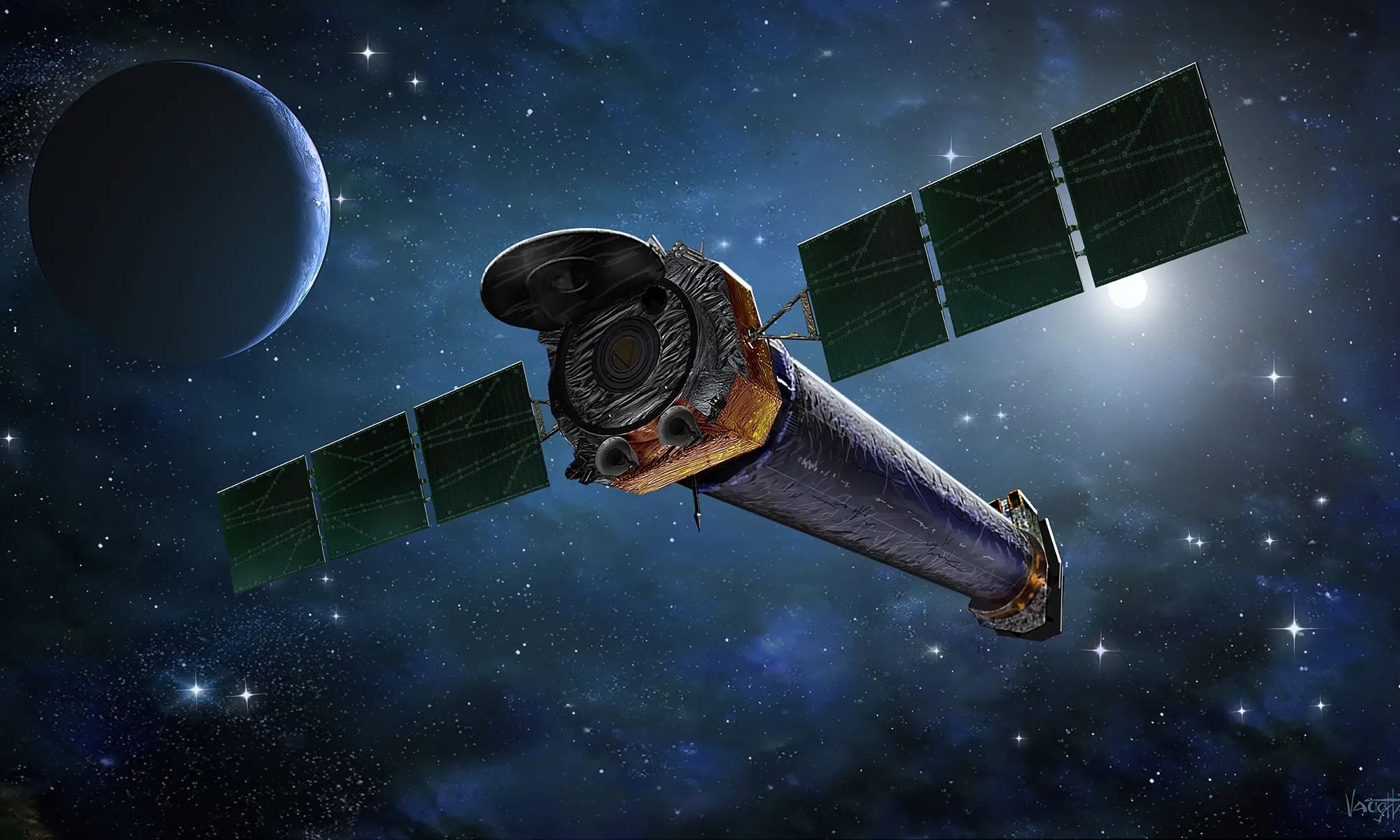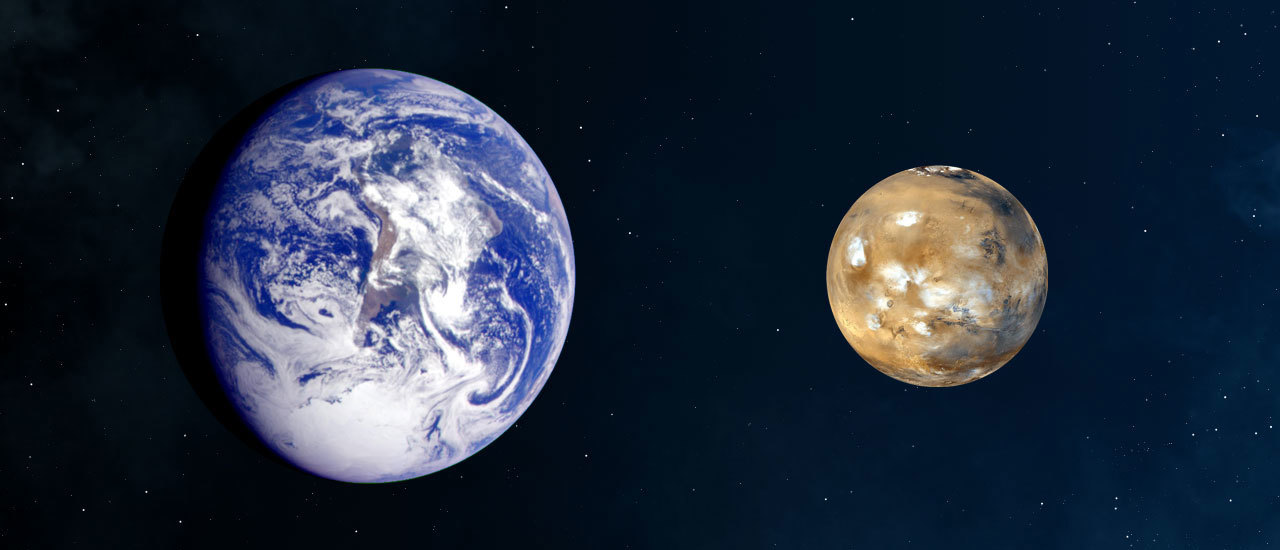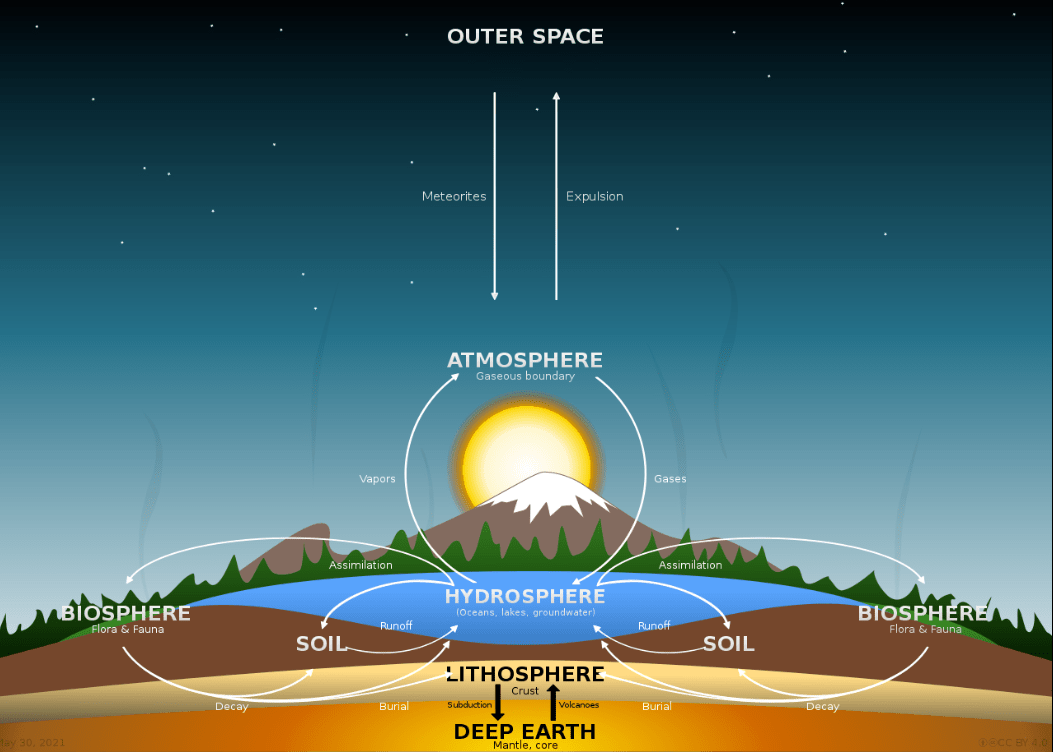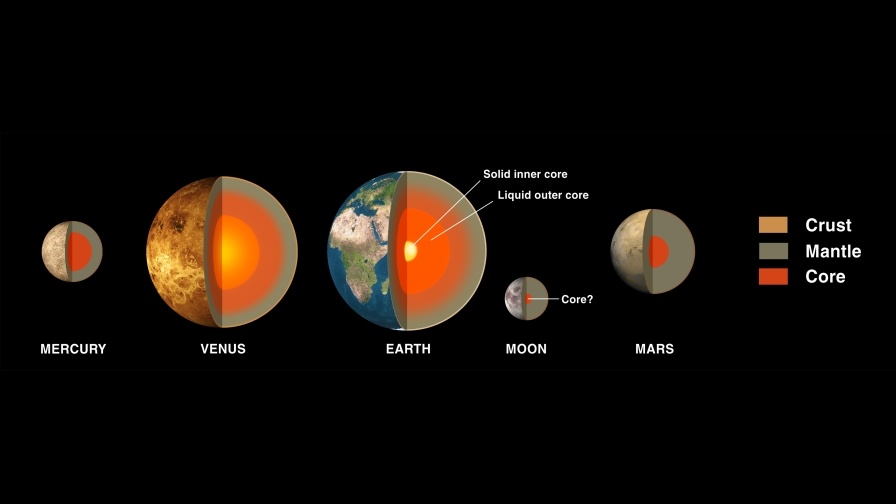Totality and the April 8th total solar eclipse offers a rare chance to study the Sun.
We’re less than three weeks out now, until the April 8th total solar eclipse crosses North America. And while over 31 million residents live in the path of totality, many more will make the journey to briefly stand in the shadow of the Moon. Several scientific projects are also underway to take advantage of the event.
Continue reading “NASA Experiments Planned for the April 8th Total Solar Eclipse”









